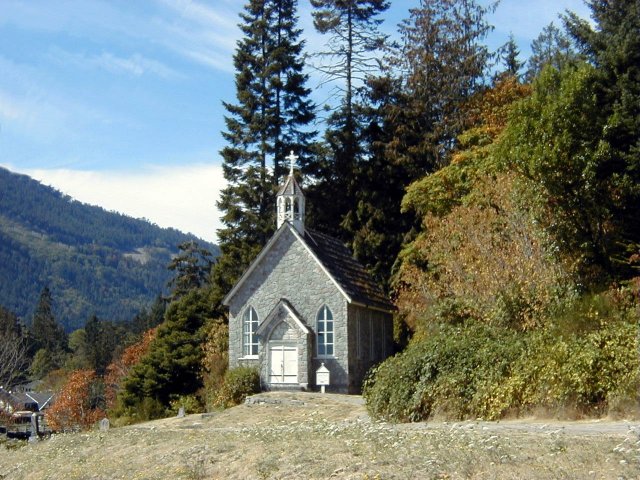White People Welcome, Too: No Exceptions

“Is this the biggest crowd of white people you’ve ever had in your church?”
That question was asked of Rev. Ed Sanders during a funeral visitation for a close friend (who happened to have been an African-American who counted scores of Caucasians among his legions of intimates).
“Not at all,” the charismatic pastor of Nashville’s inclusive Metropolitan Interdenominational Church replied as he explained what he meant. During the funeral service the following day, Reverend Sanders took the opportunity to mention the question to the more than 400 gathered there, most of whom had entered the church for the first time that morning.
When he revealed to the mourners that the greatest number of whites ever assembled in his house of worship was at the funeral of James Earl Ray in 1998. As this was startling information for most in the congregation, one could almost hear the whirring of hundreds of minds processing and reconciling this surprising fact: they were sitting in the one place willing to hold a service for the murderer of esteemed civil rights leader Martin Luther King, Jr.
Following Ray’s death in prison more than 30 years after King’s assassination, his family turned to noted nonviolent activist James Lawson of Nashville, who had ministered to Ray. Upon receiving a call from Lawson, Rev. Sanders quickly agreed to conduct the funeral at the church he had founded in north Nashville in 1981. Ray’s service, which attracted international media attention, also drew among those present, many infamous White Supremacists, who attended, allegedly, with expectations of a “damming to hell” rather than the dignified proceeding that transpired.
As Rev. Sanders related this riveting story to us a few months ago, he directed our attention to a sign in the sanctuary proclaiming the church’s creed: “…A community of believers, inclusive of all and alienating to none.”
He said in a voice that fellow pallbearer and former Nashville mayor Bill Purcell described as “what God must sound like” that inclusion didn’t mean “we welcome all EXCEPT …we don’t say we are tolerant of all EXCEPT…or that God loves everyone EXCEPT…it just doesn’t, or shouldn’t work that way.”
The audience on that day, brought together to celebrate departed friend Emmett Edwards, was as eclectic and wide-ranging as Emmett’s life. He was your friend regardless of color, gender, religion, sexual orientation, income level, or even political persuasion (though a lifelong, die-hard Democrat, the sight of his Republican friends in the crowd would have pleased him).
Rev. Sanders’ remarks resonated in my mind last week as I circulated among the diverse crowd of 900 at the Tennessee State Museum for a viewing of the original Emancipation Proclamation from the National Archives in Washington. As I stood surveying the eclectic crowd, I pondered how many there had ever been cast into the “except” category while I yearned to hear the searing stories they could tell about the Proclamation’s impact…lo’ these many years later.
Much like the creed of Rev. Sander’s church, the document, though written on 150-year-old fragile, light-sensitive paper, contained just simple words. Yet, on that evening at that momentous occasion—they were the most extraordinary, most powerful, most compelling words anywhere.
